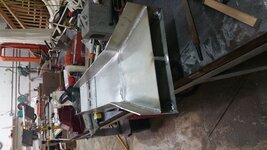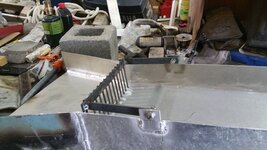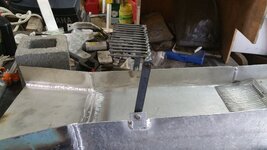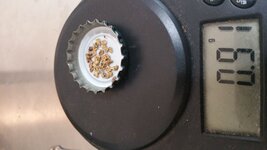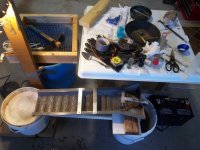oidium45
Full Member
- Mar 6, 2017
- 165
- 128
- Primary Interest:
- All Treasure Hunting
Hello everyone,
After quite a bit of research and some thinking.. I have decided to try to build what is more or less similar to a bazooka gold trap but with a few changes. I know that it has been done many times and I have probably read the forum post for each (if there were any). But my question is this. Are there any potential advantages/disadvantages to adapting some of the traditional sluice designs into the mix? For example, miners moss, expanded metal, carpet or riffles on either the inlet or outlet of the box? I will be more than likely making the box from ABS sheeting and Aluminum unless I stumble across a better "cost efficient" option.
I should note that I will probably be drawing the thing up in solid works and hopefully running some flow simulators to get a better understanding of what is going on in the box, appropriate angles during operation and ideal water flow flow levels. This should be a fun project
After quite a bit of research and some thinking.. I have decided to try to build what is more or less similar to a bazooka gold trap but with a few changes. I know that it has been done many times and I have probably read the forum post for each (if there were any). But my question is this. Are there any potential advantages/disadvantages to adapting some of the traditional sluice designs into the mix? For example, miners moss, expanded metal, carpet or riffles on either the inlet or outlet of the box? I will be more than likely making the box from ABS sheeting and Aluminum unless I stumble across a better "cost efficient" option.
I should note that I will probably be drawing the thing up in solid works and hopefully running some flow simulators to get a better understanding of what is going on in the box, appropriate angles during operation and ideal water flow flow levels. This should be a fun project

Last edited:


